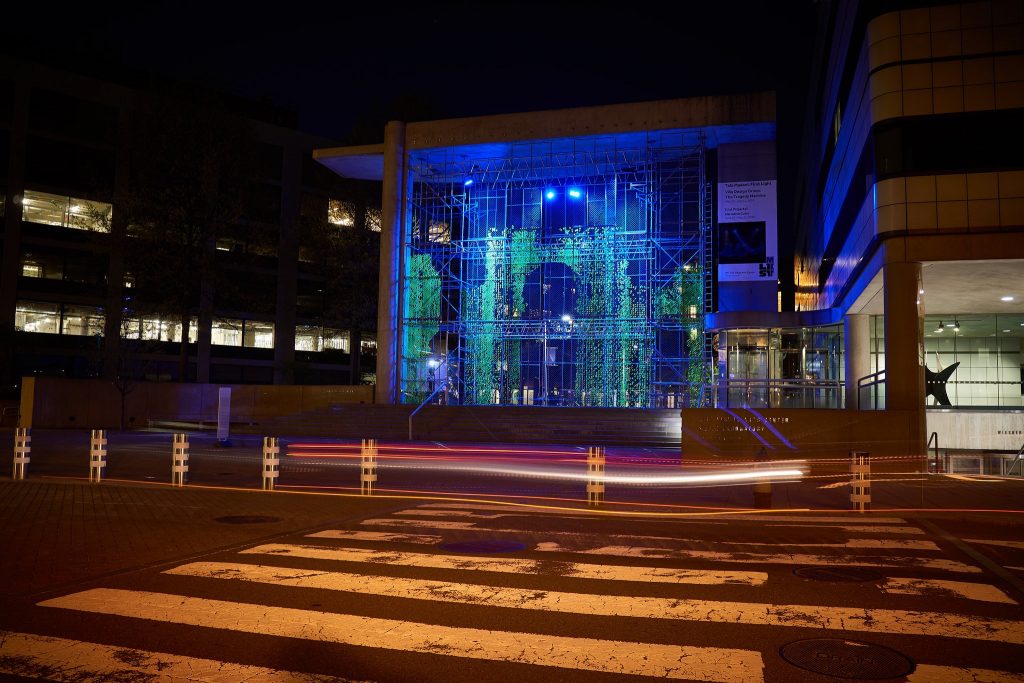
Urban Radiance
Urban Radiance
A visual companion for the essay “Sticky data – context and friction in the use of urban data proxies.” published in Data and the City. ed. Rob Kitchin, Tracey P. Lauriault, and Gavin McArdlel. New York: Routledge. [pdf]
What have global data sets that estimate population density, economic productivity, measles outbreaks, rural poverty, resource footprints and electrification rates, urbanization and suburbanization, or average wages in common? They are all based on nighttime imagery of city lights captured by the Operational Line Scanner (OLS) sensor on the satellites from the US Defense Meteorological Satellite Program (DMSP).
What should later become the workhorse of geographers and economists was initially a completely accidental by-product: of a cold-war era military satellite program—launched in the 1950s by the US Air Force for estimating cloud cover and precipitation for reconnaissance missions. Army engineers discovered that the sensors were sensitive enough to capture the artificial radiance of cities during moonless nights without cloud cover.
In 1978, Thomas A. Croft published the first global composite of night-time images in the Scientific American. At that time, the image data had to be manually stitched together from analog films ejected in capsules from the satellite, which had to be laboriously recovered by the military. Today, the Black Marble data set has become one of the most popular motifs of space imagery.
While DPMS images are usually used to show regional differences, this project visualizes the temporal change in urban radiance from 1992 until 2015. It is the first interactive visualization of radiance time series data.



